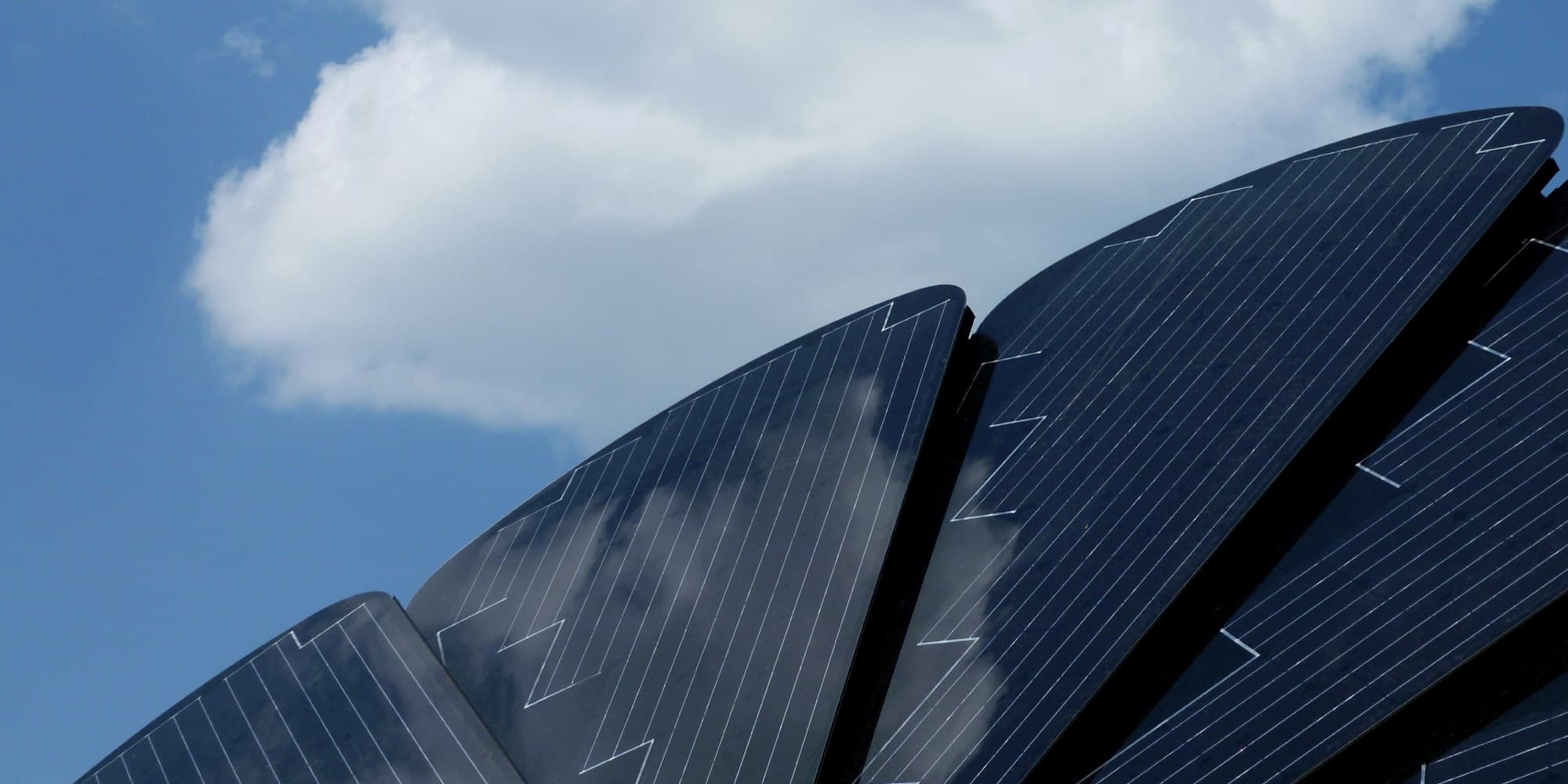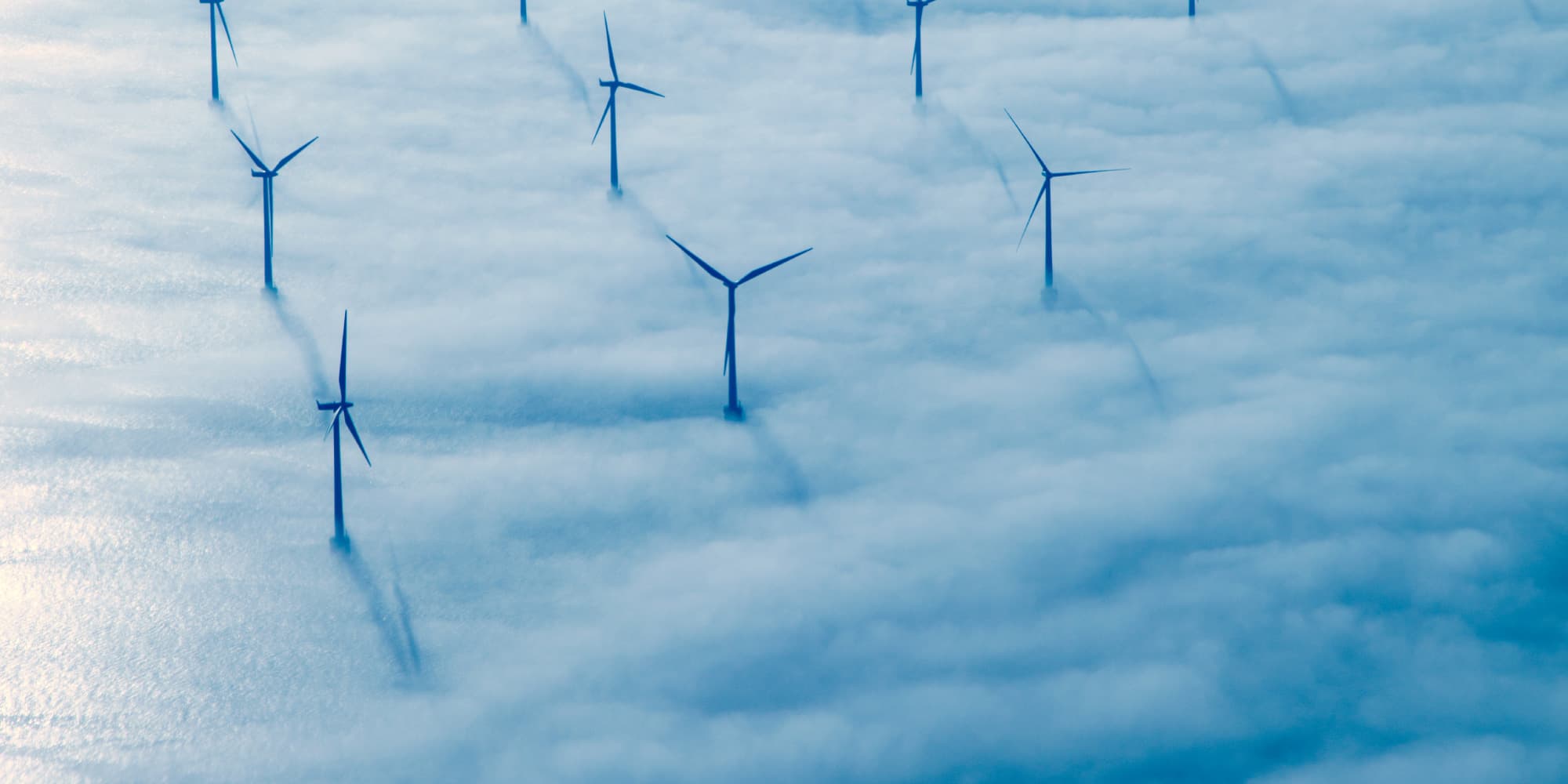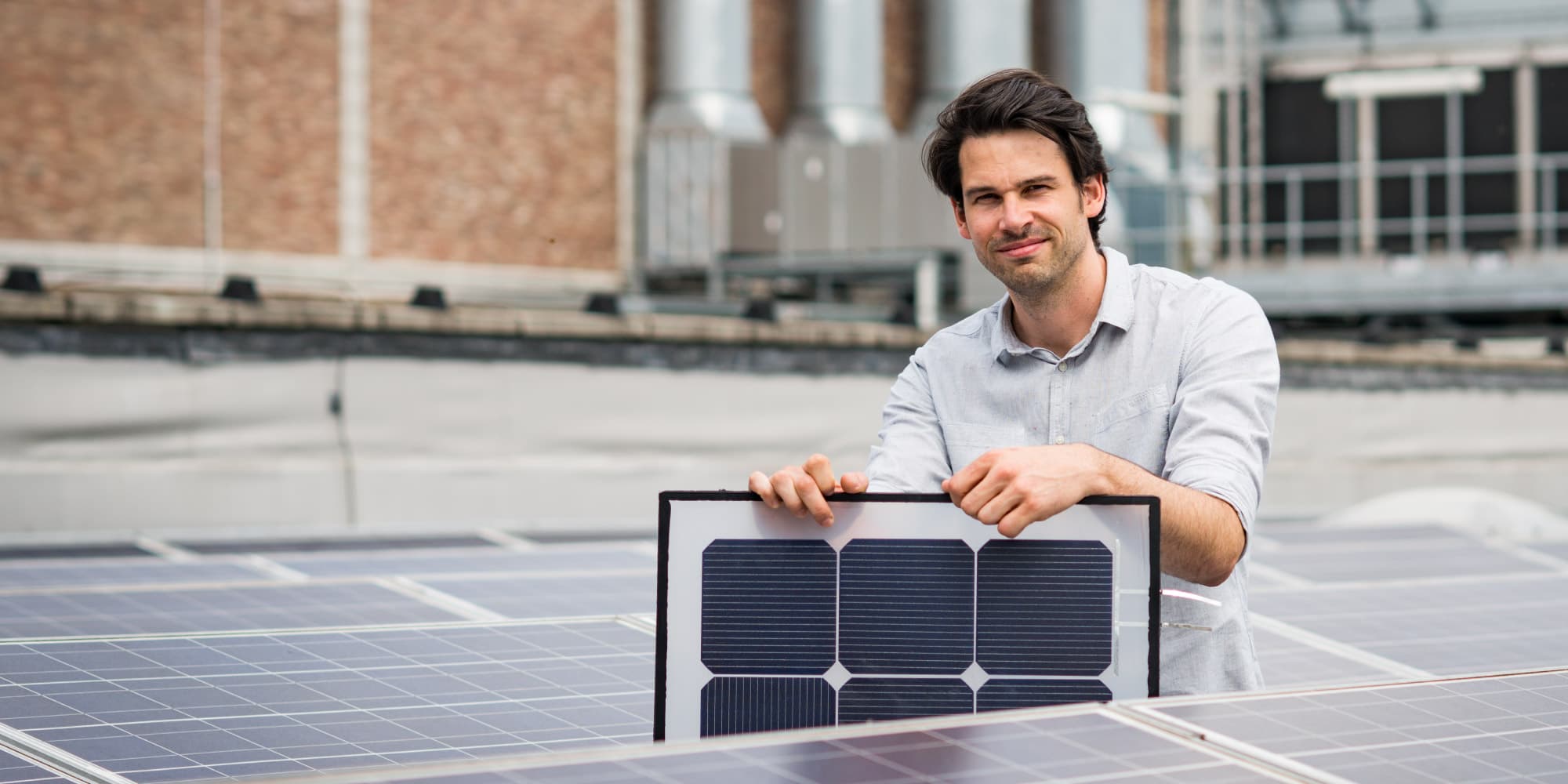The threat of global warming, rapid phasing out of natural resources such as oil, coal and gas, and recent issues with nuclear power plants have significantly raised political and societal interest in the use of renewable energy sources and 'smart grids'. Smart grids are power networks that transport - besides electricity - information that helps us deal with our energy requirements in a more efficient and sustainable way.
They enable, for instance, a smoother integration of renewable energy sources - so that we can better cope with the world's rapidly increasing power consumption.
At imec, we recognize the importance of creating a greener and more sustainable future for ourselves and our children. Hence, we investigate and develop technologies that are fundamental to making smart grids - and a better use of renewable energy sources - a reality.
Smart energy research at imec
Imec's expertise in the smart energy domain ranges from developing ways to actively and cost-effectively plan, deploy and manage smart grid networks up to improving the efficiency, production and storage (cost) of (solar) energy.

Questions that our researchers are trying to answer include
How can we advance (photovoltaics) technologies for improved solar energy generation - such as thin-film or silicon-based solar cells?
How can we store energy more efficiently - using nanomaterials and nano-architectures which can provide higher power- and energy density than today's Li-ion batteries?
What is the potential of Gallium Nitride-on-Silicon (GaN-on-Si) to develop cost- and power-efficient micro-sized power electronics, such as power inverters?
Can we develop open, multiparty and secure architectures that allow smart grids to be planned, deployed and managed more easily and cost-effectively - thereby leveraging ambient sensor network technology?
Can we introduce dynamic and flexible ways to bill for energy usage (based on availability rather than timing)?

Related material/examples/use cases
The European Wind Energy Association (EWEA) claims that by 2030 it should be possible to cover 23% of our electricity needs using wind energy. Yet, the use of renewable resources comes with a number of important challenges. Wind energy for instance is characterized by a high degree of volatility, which complicates the proper dimensioning of electricity grids. The SWIFT imec.icon project investigated which approaches could help us connect wind turbines to the electricity grid more quickly and cost-efficiently, maximizing the availability of green energy while mitigating the threat of uncontrolled peak production.
GreenTouchTM technology makes residential fixed access networks more energy efficient. Telecommunication networks have become an integral part of today's way of living. They allow us to surf the Internet, Skype, upload and download videos and data, etc. But they also consume a lot of electricity; a consumption that increases each year with approximately 10% (meaning that it doubles every seven years). As part of the GreenTouchTM initiative, researchers from imec - Ghent University contributed to the model that makes residential fixed access networks 250 times more energy efficient than a state-of-the-art reference network in 2010. As part of the same research effort, imec also unveiled an advanced power model that predicts the power consumption of today's and future cellular base stations. It enables network providers and researchers to make the best choice in terms of network architecture and deployment, and to define the hardware technology and base station types that improve energy efficiency.
Flemish collaborative effort advances smart metering technology. The sharp increase in decentralized renewable electricity production (through solar panels, for instance) creates the need for a smart two-way electricity grid. To guarantee stability in the smart grid, continuous real-time monitoring through smart meters is required, both in the grid infrastructure and at the consumer side. Within the CoPlaSM imec.icon project, the fundaments for a highly reliable software-upgradeable multi-standard communication module have been built. When coupled with a utility meter, this communication module turns the meter into a smart meter.
Turbulent - a Flemish start-up that is being supported by the imec.istart entrepreneurship program - has developed technology that is capable of converting potential energy out of a water flow into electrical energy while only needing 0.6m of river fall. It can easily be integrated in a smart grid using a vortex piloted by intelligent controlling and monitoring software.
Imec plays an active role in EnergyVille - an association of the Flemish research institutes KU Leuven, University of Hasselt, VITO and imec in the field of sustainable energy and intelligent energy systems. Our researchers are involved in the creation of energy-efficient buildings and intelligent networks for a sustainable urban environment. This includes, for example, smart grids and advanced district heating and cooling.

Solid-state batteries for wearable sensors and electric cars. The solid-state batteries that are on the market today are thin-film batteries which, on account of their limited capacity, can only be used for micro-storage - for example to provide power for sensors. But as a result of innovations in materials and architecture, the design of solid-state batteries may be expanded to large storage systems, for example electric cars or the smart grid.
Solliance and imec join forces in thin film photovoltaics. In the framework of Solliance, a partnership of R&D organizations from the Netherlands, Belgium and Germany, imec contributes to improving thin-film solar cells.
Imec researcher Bart Vermang receives ERC Starting Grant to revolutionize the efficiency, cost and stability of thin-film solar cells. One of the main applications of thin-film solar cells will be building-integrated energy generation, where solar technology will be an integral part of building elements such as window panes, facade elements in all shapes, or curved roof covering. This is a key technology for Europe as regulations will require new buildings to become near energy neutral by 2020. The results of this research should directly lead to more efficient and long-lasting PV technology for buildings, and will thus contribute to reaching Europe's ambitious climate goals.
Imec demonstrates highly-efficient bifacial solar cells with near 100% bifaciality. Bifacial solar cells not only capture the light falling on the front side of the solar panel, but also the light that reaches the rear side of the panel, such as light that is reflected from the background, from clouds, diffuse light, and even direct light at sunrise or sunset. With a rear cell efficiency close to the efficiency measured from the front of the cell, imec's achievement underscores the ability to strongly enhance the energy yield of photovoltaic (PV) modules.
Structural Partnerships
EnergyVille is a collaboration between the Flemish research partners KU Leuven, VITO, imec and UHasselt in the field of sustainable energy and intelligent energy systems. Our researchers provide expertise to industry and public authorities on energy-efficient buildings and intelligent networks for a sustainable urban environment. This includes, for example, smart grids and advanced district heating and cooling.
Combining forces in research into the next generation, thin film solar cells. Solliance was founded with that goal in 2010. The research organisation is a joint venture of ECN, TNO, Holst Centre and imec. Together with the academic partners TU Eindhoven, University of Hasselt, TU Delft and Forschungszentrum Jülich, the research institutes can play a significant role in global research into the solar technology of the future.
Published on:
14 December 2016
















